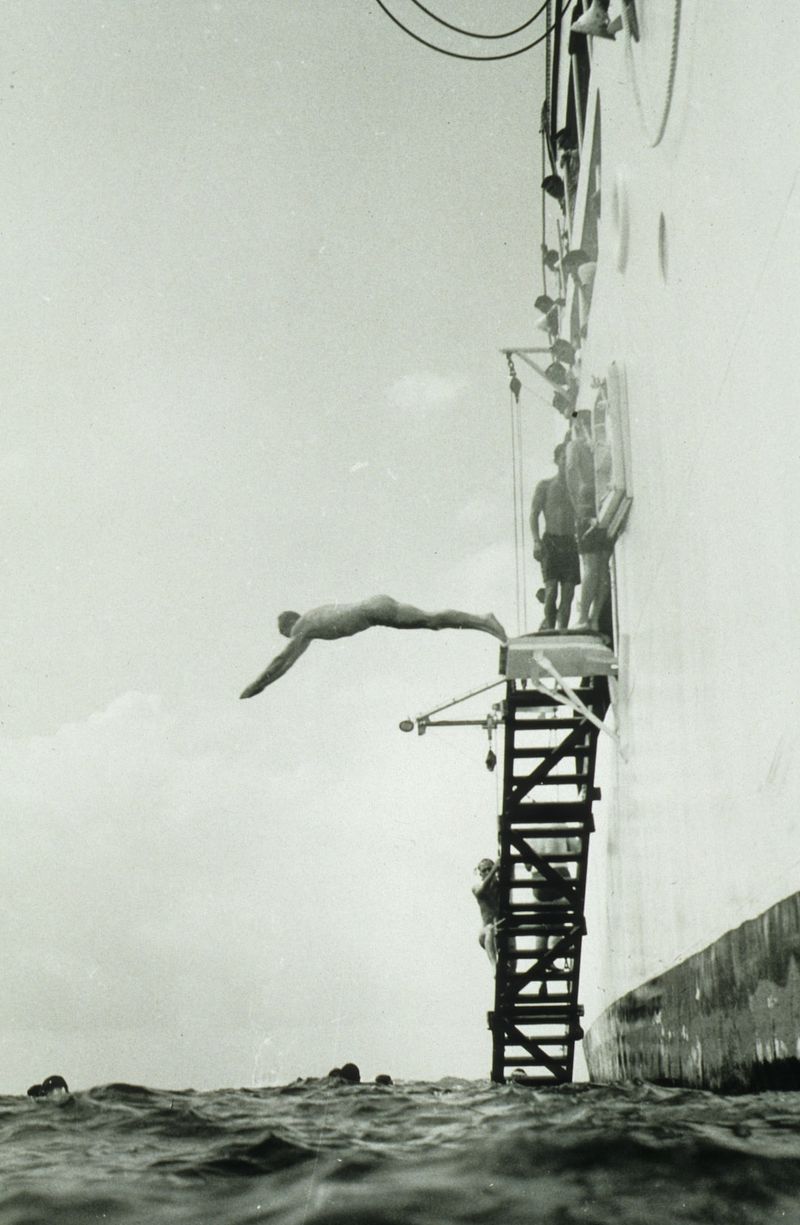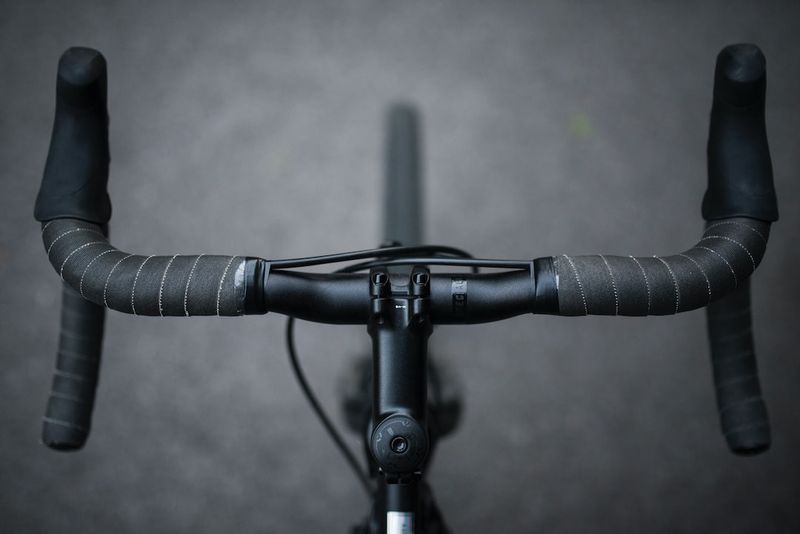Scrutiny on OceanGate CEO Stockton Rush
Prior Comments Raise Questions
The confirmed implosion of the OceanGate submersible has cast a spotlight on the company and its CEO, Stockton Rush. A resurfaced interview from 2021 has brought Rush’s past comments to light, where he boldly stated that he had “broken some rules” in designing the Titan sub. Rush defended his unconventional approach, claiming that he had broken the rules with logic and good engineering as his foundation.
In particular, Rush discussed the materials used in the sub’s construction, including carbon fiber and titanium, which are not traditionally combined for deep-sea submersibles. Will Kohnen, chairman of the Manned Underwater Vehicles Committee of the Marine Technology Society, acknowledged that carbon fiber was a unique approach but pointed out the challenges in testing and verifying its behavior under extreme pressure. This raises concerns about the reliability and safety of the sub’s design.
Dreaming Big
Rush’s comments also revealed his ambitious vision for the future of deep-sea exploration. He expressed a desire for the sub to become more sophisticated technologically, capable of sensing a voice and interacting with the pilot. Rush envisioned a seamless experience for the occupants, where the sub would function like an elevator rather than an exercise in buttons and switches.
This aspiration, while admirable, raises questions about the balance between technological advancement and safety. Rush’s focus on creating a user-friendly experience may have diverted attention from ensuring the utmost structural integrity and adherence to industry standards.
Past Concerns and Controversies
The implosion of the Titan submersible has also brought attention to previous concerns and controversies surrounding OceanGate. In 2018, a professional trade group issued a warning about the potential catastrophic outcomes of the Titan’s design. Additionally, an OceanGate employee raised concerns about the vessel’s safety during testing and was subsequently fired. These incidents suggest a lack of transparency and a disregard for safety protocols within the company.
Furthermore, the vessel was never certified by DNV-GL, a high standard among marine equipment. This lack of certification raises questions about the thoroughness of the sub’s testing and evaluation.
Philosophical Discussion: Pushing Boundaries vs. Safety
The implosion of the OceanGate submersible raises a broader philosophical question about the balance between pushing boundaries and prioritizing safety. As Rush himself stated, he aimed to be remembered as an innovator, willing to break the rules to achieve his goals. However, innovation and progress should not come at the expense of human lives and the well-being of passengers.
While it is commendable to push the boundaries of exploration and challenge the status quo, it is essential to conduct thorough research, testing, and verification to ensure the utmost safety. Rush’s unconventional approach, while potentially groundbreaking and innovative, may have neglected the comprehensive evaluation necessary for deep-sea exploration.
Editorial: Lessons Learned and Moving Forward
The implosion of the Titan submersible serves as a tragic reminder of the risks inherent in pushing the boundaries of technology. It highlights the importance of rigorous testing, certification, and adherence to industry standards. Rush’s ambition and enthusiasm for innovation should be tempered with caution and a commitment to safety.
It is crucial for OceanGate and other companies involved in deep-sea exploration to learn from this incident and reassess their practices. Safety should never be compromised in the pursuit of progress. Collaboration with experts in the field, adherence to industry standards, and robust testing protocols are crucial for the success and safety of future expeditions.
Advice: Prioritizing Safety in Deep-Sea Exploration
Moving forward, it is essential for companies involved in deep-sea exploration to prioritize safety above all else. Here are a few recommendations:
1. Thorough Testing and Evaluation: Conduct comprehensive testing to understand how materials and designs react under extreme pressure. This includes collaboration with experts and adhering to industry standards.
2. Certification: Seek certification from reputable organizations such as DNV-GL to verify the safety and reliability of deep-sea submersibles. This ensures that all necessary standards and regulations are met.
3. Transparency and Accountability: Maintain open lines of communication with employees, customers, and the public. Address concerns promptly and transparently, and ensure that safety protocols are followed consistently.
4. Collaboration and Knowledge Sharing: Work closely with universities, research institutions, and other industry professionals to share knowledge and expertise. This fosters a culture of continuous learning and improvement.
5. Balancing Innovation and Safety: While innovation is crucial, it should never come at the expense of safety. Strive for a balance between pushing boundaries and ensuring the welfare of passengers and crew.
Deep-sea exploration holds immense potential for scientific discovery and understanding our world. By prioritizing safety and adopting best practices, companies can navigate the inherent risks and ensure the success of future expeditions.

<< photo by Alexandra Diaconu >>
The image is for illustrative purposes only and does not depict the actual situation.
You might want to read !
- The Historical Significance and Technological Feats of OceanGate’s Titanic Submersible: An In-Depth Analysis
- Unveiling the Mysteries: The Titanic’s Deep Sea Graveyard
- “The Depths Unveiled: James Cameron’s Reflection on Deep-Sea Exploration”
- Exploring the Depths: Unveiling the Mounting Pressures of the Ocean
- The Disappearing Depths: A Race against Time for the Missing Titanic Submarine
- Transportation Safety Board of Canada launches investigation into aviation incident, raising questions of safety protocols and accountability
- Unveiling the Lost Secrets: Discovery of Titan Submersible Debris near Titanic Wreck
- The Rise and Fall of Stockton Rush: A Tragic Tale of Titan Submersible
- Lost in the Depths: The Mysterious Disappearance of Stockton Rush ’84 in the Titan Submersible




